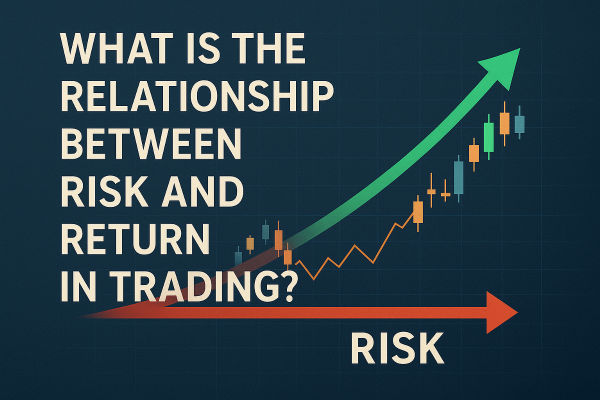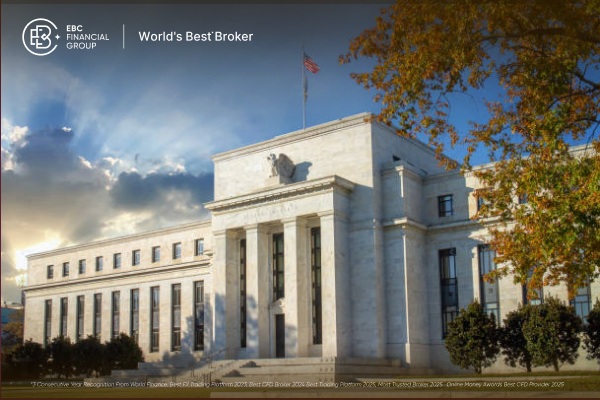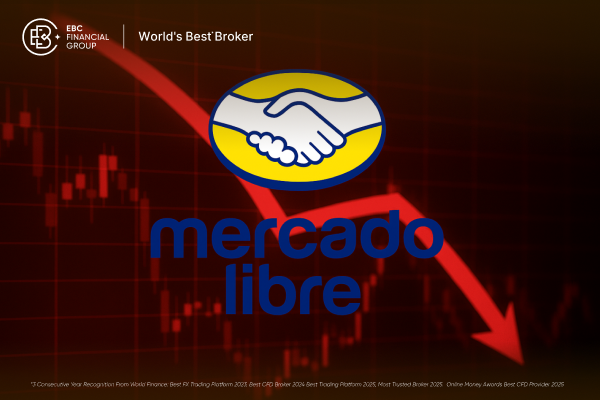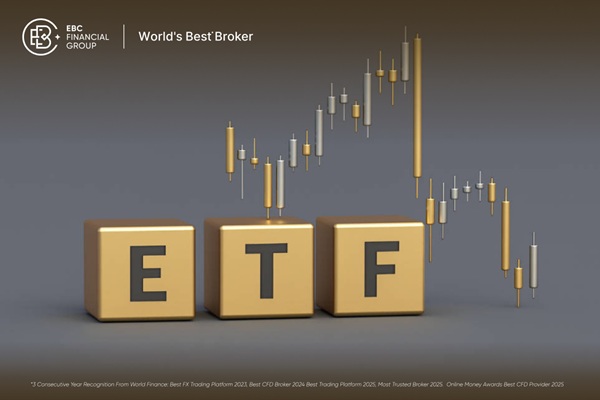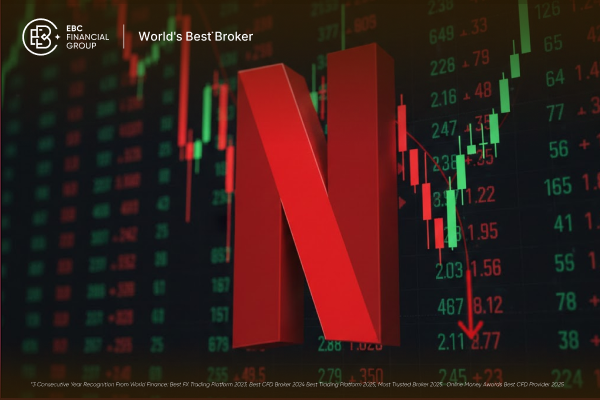If you want to be a good trader, you should master some essential indicators. For example, the average true range, or what we often call ATR, has the legend that even a cat that uses the True Volatility Index (ATR) in its trading has a chance of becoming a millionaire cat.
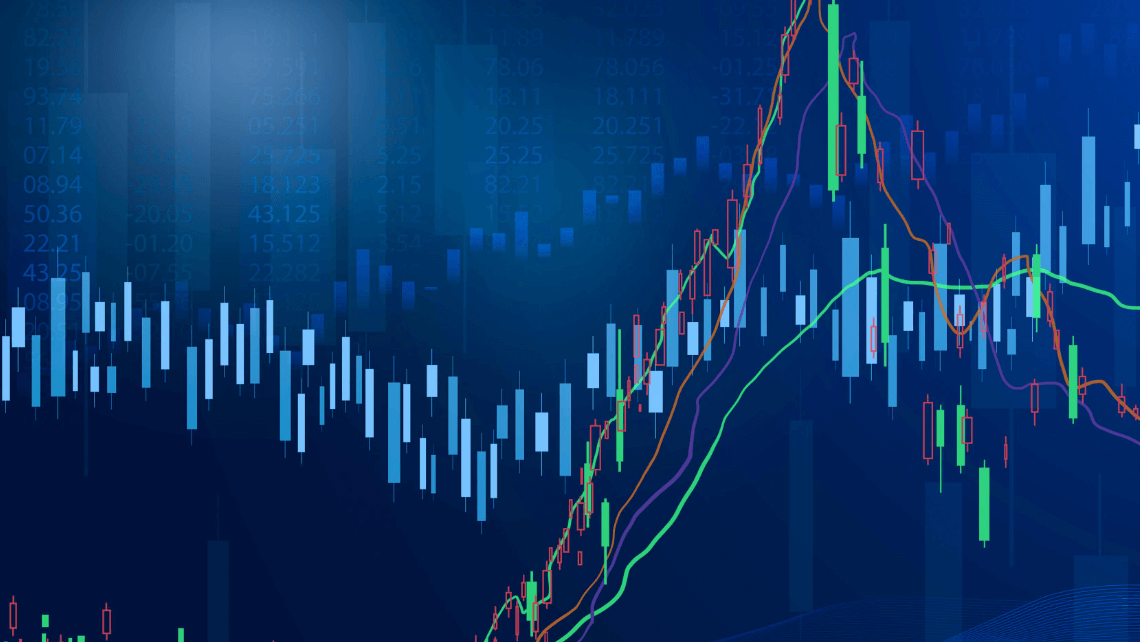 A detailed description of ATR indicators
A detailed description of ATR indicators
The ATR indicator is a technical indicator used to slow market volatility, which helps assess how volatile an asset price is. It was first proposed by J.W. Wilder in 1978 and can be used in a variety of trading markets, including stocks, Forex and futures.
What does the true volatility indicator do? It's not just a simple measuring tool; it's a generalist.
First, the True Volatility Indicator (ATR) can help measure the volatility of asset prices and better understand the degree of movement in the market. Not only that, it can also provide useful information for risk management, trading decisions, and strategy development. For example, by measuring price volatility, trading risk can be better managed and can be used to develop trading strategies. Some trading strategies use true volatility to determine when to enter or exit the market, like waiting for the red light to turn green before driving. At the same time, it is one of the most important tools for identifying market trends. Overall, the true volatility indicator is like an intelligent generalist, providing a lot of important support and help in trading.
What does the true volatility indicator do
| Aspects |
Interpretation |
| Measuring Volatility |
The size of the ATR indicates the level of market volatility. |
| Risk Management |
Determine the appropriate stop-loss level,taking into account market volatility. |
| Trading Strategies |
Determining when to enter or exit a market based on the ATR value |
| Trend Confirmation |
Determine the strength and persistence of market trends. |
True amplitude index formula
The first of the three values is to choose the largest value, which is the true volatility (TR), which indicates the range of price fluctuations over a period of time.
The first is to subtract the current high price (high) from the low price (low).
The second is the current high (high) minus the previous close (previous close).
The third is the closing price of the previous date (previous close) minus the current low (low).
The absolute value of the three is compared because the ATR does not measure the direction of the price; it only measures the volatility of the price, so the value of the ATR is not negative.
The average true amplitude index formula is obtained: ATR = SMA(TR,n).
A simple moving average (SMA) specifying the number of periods n is usually used. Traders can choose a different number of periods according to their needs; for example, 14 cycles is a common usage.
What about AR indicators? The True Volatility Indicator (ATR) calculates a range of price movements over a period of time, so it changes with market fluctuations. A higher ATR value indicates greater price volatility, while a lower ATR value indicates less volatility. Traders can use ATR to determine stop losses and profit targets to accommodate different levels of volatility in the market.
It is important to note that true volatility indicators are often used to measure price volatility and do not provide information about the direction of prices. It is a useful tool for measuring market volatility and can be used in conjunction with other technical indicators to help make trading decisions.
True amplitude index formula
| Aspect |
Explanation and formula |
| True amplitude (TR) |
High-Low,High-Previous Close,Previous Close-Low The maximum of the three values |
| Calculation cycle |
Generally,14 trading days are part of the ATR calculation cycle. |
| Índice de amplitud verdadera (ATR) |
ATR=SMA(TR,n). SMA Simple moving average, n especifica el número de períodos. |
Cómo utilizar en
First, you can use the True Volatility Indicator (ATR) to understand the current level of volatility in the market. A large ATR value indicates greater market volatility, while a small ATR value indicates less market volatility. The ATR indicator has become a reference tool in many traders' charts, and the main reason is that it can provide an indication of what is likely to happen next based on the true volatility of the current market. Using ATR to set a stop-loss position, you cannot easily beat the stop-loss before the market moves in the expected direction.
En general, cuando el valor de ATR es alto, significa que la volatilidad del mercado reciente es fuerte. En este momento, si desea establecer una pérdida de parada a través de la ATR, el punto de pérdida de parada no debe ser demasiado cerca de la posición de entrada. Por otro lado, si el número de ATR es pequeño, el mercado sólo se ha movido ligeramente recientemente. En este momento, el stop-loss puede ser relativamente cercano al punto de entrada.
El nivel de pérdida de parada se puede determinar multiplicando el valor de ATR por un factor, como 2 o 3. Este punto de detención y pérdida es más flexible para tener en cuenta la volatilidad del mercado. Al establecer un objetivo de beneficios, el valor de ATR también se puede multiplicar por el coeficiente adecuado para asegurar que el nivel de beneficios coincide con la volatilidad del mercado.
ATR can be used on different time periods, such as the daily, 4-hour, and 1-hour lines, to understand the volatility in different time frames. Based on the volatility of the True Volatility Index (ATR), traders can adjust the position size. In a highly volatile market, you can reduce your position to reduce your risk. In a low-volatility market, you can add to your position to increase your potential earnings. Used in conjunction with other technical indicators, trading decisions can be enhanced. For example, combining moving averages or relative strength indicators (RSI) can provide a more comprehensive market analysis.
Descargo de responsabilidad: este material es sólo para fines de información general y no está destinado como (y no debe ser considerado como) financiero, de inversión, u otro asesoramiento en el que se debe confiar. Ninguna opinión dada en el material constituye una recomendación por EBC o el autor de que cualquier inversión, seguridad, transacción o estrategia de inversión en particular es adecuada para cualquier persona específica.
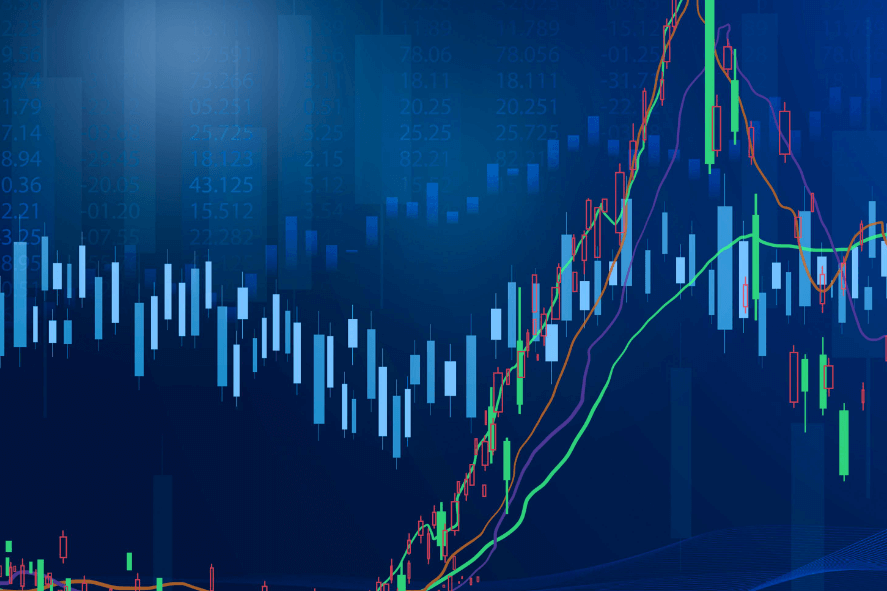


 A detailed description of ATR indicators
A detailed description of ATR indicators











